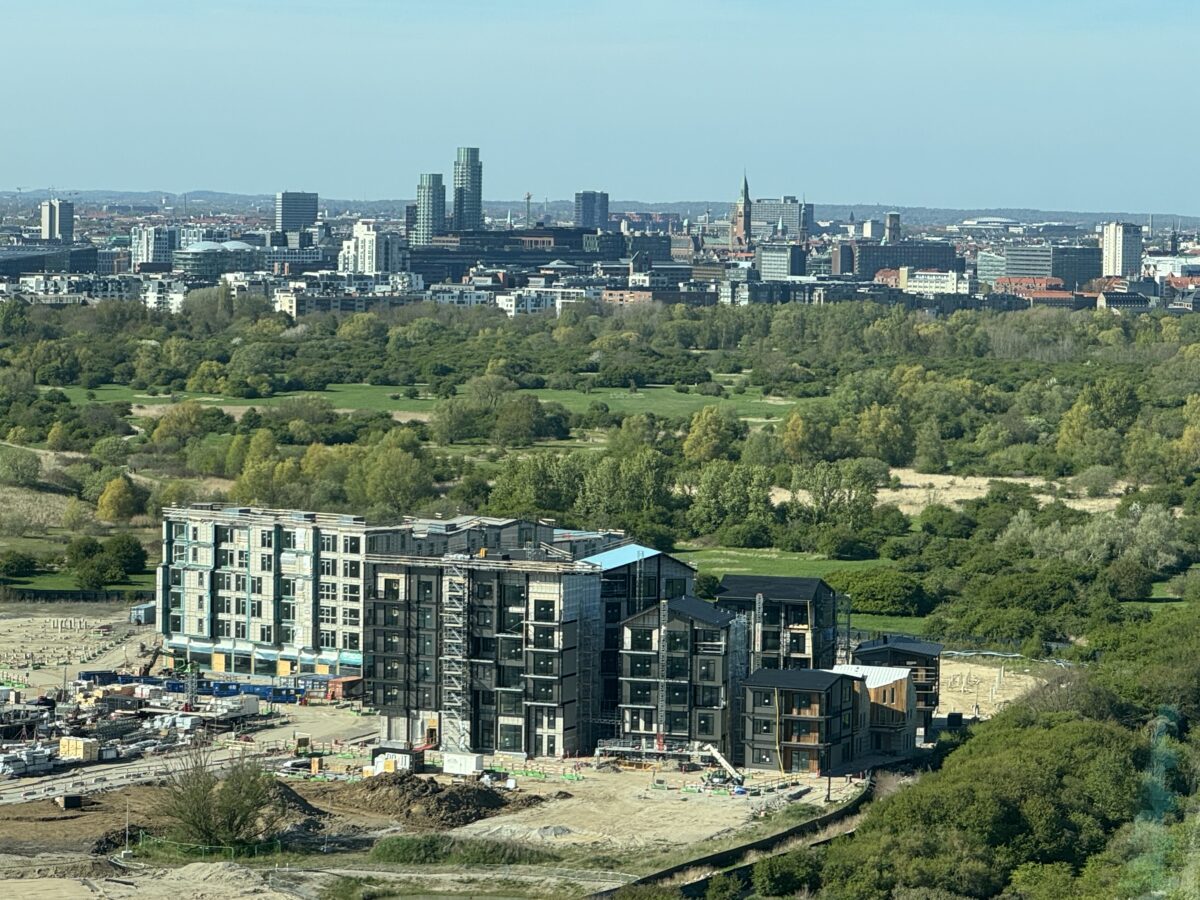
Denmark’s largest energy community is now under construction, featuring more than 30,000 sqm of solar rooftops with a total capacity of about 4 MW. The project will use building-integrated photovoltaics (BIPV) on pitched roofs and building-attached photovoltaics (BAPV) on flat roofs from Danish specialist Solartag.
Construction has started on a neighborhood-scale energy collective in Denmark powered by BIPV and BAPV. The Faelledby Energy Community in Copenhagen’s Faelledby district will feature more than 30,000 sqm of solar rooftops with an estimated capacity of 4 MW.
The project will include several dozen solar rooftops, each using crystalline silicon solar modules. Denmark’s Solartag is installing BIPV on pitched roofs and BAPV on flat rooftops.
A single local energy community operator will manage production, sharing, and metering for all of the solar systems.
Mikkel Karlsson, CEO of Solartag, said the energy community will feature the largest BIPV-BAPV installation in Scandinavia.
“It’s also one of the first to combine local power generation, architecture and citizen ownership in a way that’s scalable,” Karlsson added. “That’s what the energy transition needs – solutions that work technically, socially, and visually.”
A Solartag spokesperson told pv magazine that the community will be home to up to 6,000 residents, consisting of both private homeowners and tenants in publicly-subsidized housing. The first residents are expected to move in during late 2025.

The energy community will also include a shared battery bank of 4.5 MWh, to be installed in phases and centrally managed.
“The batteries allow the community to store daytime surplus for evening use, provide local peak shaving and sell flexibility back to the national grid via market-based system services,” added Solartag’s spokesperson.
The system is designed to maximize on-site consumption, with approximately 60% to 70% of production expected to be used locally within the district in homes, schools and public infrastructure.
“Surplus energy will be stored in the battery system when possible and fed into the public grid via a collective feed-in agreement,” the spokesperson said. “No traditional net metering is used. Instead, the community participates in market-based compensation schemes for surplus electricity and grid services.”
This content is protected by copyright and may not be reused. If you want to cooperate with us and would like to reuse some of our content, please contact: editors@pv-magazine.com.
Source link


